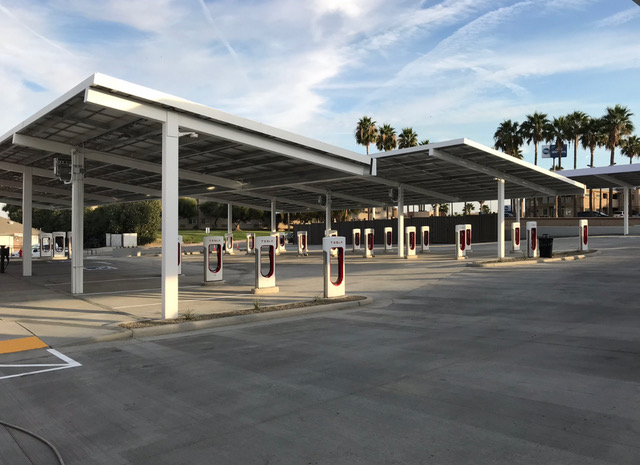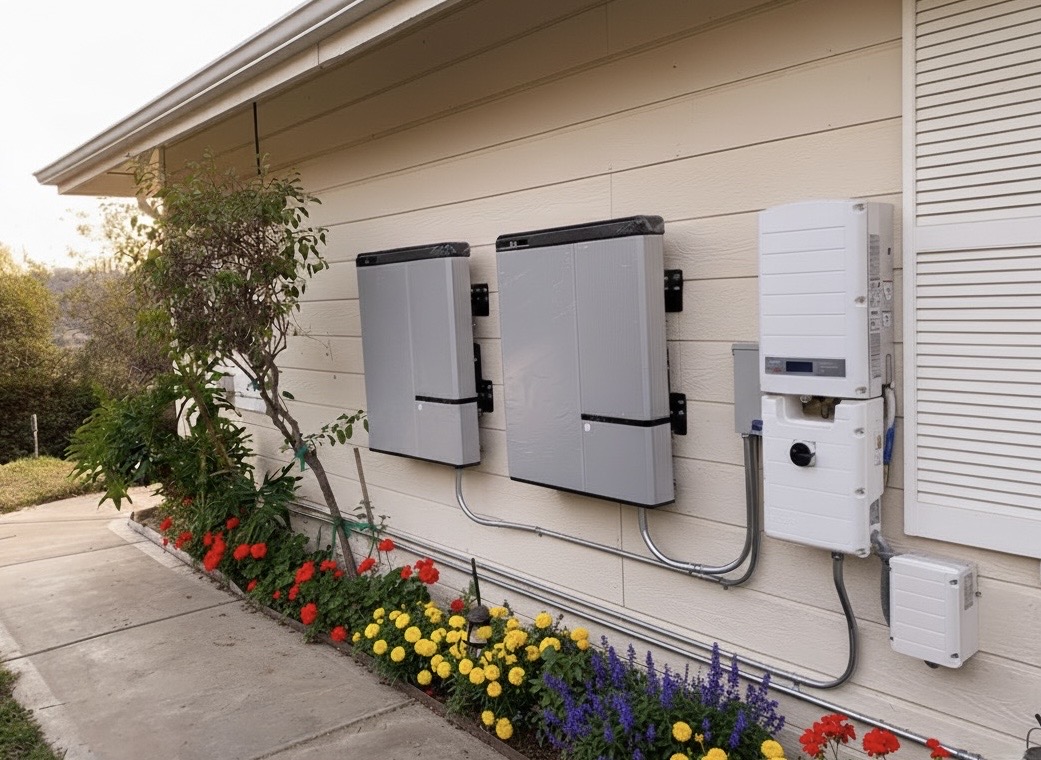Commercial EV Charger Installation in Atwater Village
Power more visits, longer dwell time, and happier tenants with professionally designed EV charging at your Atwater Village property. From the Hyperion Bridge to Glendale Boulevard's retail corridor and the creative campuses off Casitas Avenue, businesses here are seeing more EVs every month. Shaffer Construction, Inc. designs, permits, and installs reliable Level 2 commercial chargers that fit your electrical capacity, parking layout, and budget. We manage everything end-to-end—load calculations, panel upgrades, ADA-compliant layout, trenching and restoration, networking, and LADBS inspections—so your team can stay focused on running the business. Call or text (323) 642-8509 or email hello@shaffercon.com to schedule a site assessment.
Our Work



Benefits
Future-Proof Charging Solutions
We design commercial EV systems that grow with your property. Using networked, OCPP-compliant Level 2 chargers, panel-based load management, and CT-driven dynamic load sharing, we can add ports without overtaxing your service. We pre-install spare conduit, oversize raceways where cost-effective, and provide single-line diagrams and as-builts that make future expansion straightforward. Our team integrates scheduling, user management, and payment gateways so you can control costs and monetize charging as demand increases.
Certified and Permitted Installations
Shaffer Construction handles LADBS permits, submittals through ePlanLA, and on-site inspections. We engineer to the 2022 California Electrical Code (based on NEC 2020), NEC Article 625 for EVSE, and applicable CALGreen provisions for nonresidential EV spaces. Our layouts address ADA-accessible EVCS requirements (CBC 11B), signage (CVC 22511.8), and protective bollards and clearances. For service changes, we coordinate with LADWP for meter locations and capacity. You get a fully compliant installation with inspection sign-offs and close-out documentation.
Quality You Can Trust
We install industrial-grade, UL-listed chargers in NEMA 3R or 4 enclosures, with galvanized steel EMT or rigid steel conduit, copper THHN/THWN-2 conductors, stainless hardware, and crash-rated bollards. All terminations are torqued to manufacturer specs and documented. We perform insulation resistance testing, verify GFCI/RCD functionality, and complete load-bank commissioning where applicable. Attention to detail—proper drip loops, weatherproof fittings, and sealed penetrations—means long service life, even through Atwater’s hot summers.
Tailored Site Assessments
Every property is different. We start with a measured site survey, utility room assessment, and parking utilization study. Our engineers produce load calculations, single-line diagrams, conduit routing plans, and ADA-compliant striping/signage layouts. Where coring is required, we use GPR to avoid embedded hazards. We align charger locations with lighting, cameras, and pedestrian paths for safety—without disrupting operations. You’ll receive a clear design package, cost breakdown, and phased plan if you want to expand over time.
What We Offer
Frequently Asked Questions
Do I need a service upgrade for commercial EV chargers in Atwater Village?+
It depends on your existing capacity and desired number of ports. Many older storefronts have limited spare amperage. We perform NEC Article 220 load calculations, check demand factors, and consult LADWP on available service. If needed, we design a service or meter upgrade and may recommend phased installation with load sharing to avoid immediate utility upgrades.
How long does LADBS permitting take for EV chargers near Glendale Boulevard?+
For straightforward Level 2 projects without service upgrades, plan check and permit issuance typically take 2–4 weeks once drawings are submitted via ePlanLA. Complex scopes or utility upgrades may extend timelines. We manage submittals, respond to plan check comments, and stage installation to keep your business operating during the process.
What ADA requirements apply to commercial EV charging spaces?+
California’s CBC 11B requires a specific count of accessible EVCS, with van-accessible and standard accessible spaces, access aisles, signage, and path-of-travel considerations. We integrate these into striping plans and charger placement, ensuring clearances and slopes meet code. You’ll receive a compliant layout and the required signs and markings installed as part of our turnkey scope.
Can chargers be installed in a tuck-under garage or behind-building lot?+
Yes. For garages, we verify clearances, ventilation, and fire/life safety needs and use GPR before coring. For rear-lot installations, we route surface or underground conduit and add bollards to protect equipment. We assess lighting and camera coverage to improve user safety and coordinate any asphalt or concrete restoration after trenching.
How can I control energy costs during Atwater’s hot summer peaks?+
We deploy networked chargers with load-sharing, TOU-based scheduling, and power limits. This lets you prioritize charging off-peak and cap current during peak pricing. For some sites, we recommend subpanels with demand control and future-ready conduit for battery storage integration. Many properties see 15–25% savings by optimizing schedules and load.
Ready to Get Started?
Contact us today for a free consultation and quote on your electrical project!
Contact Us